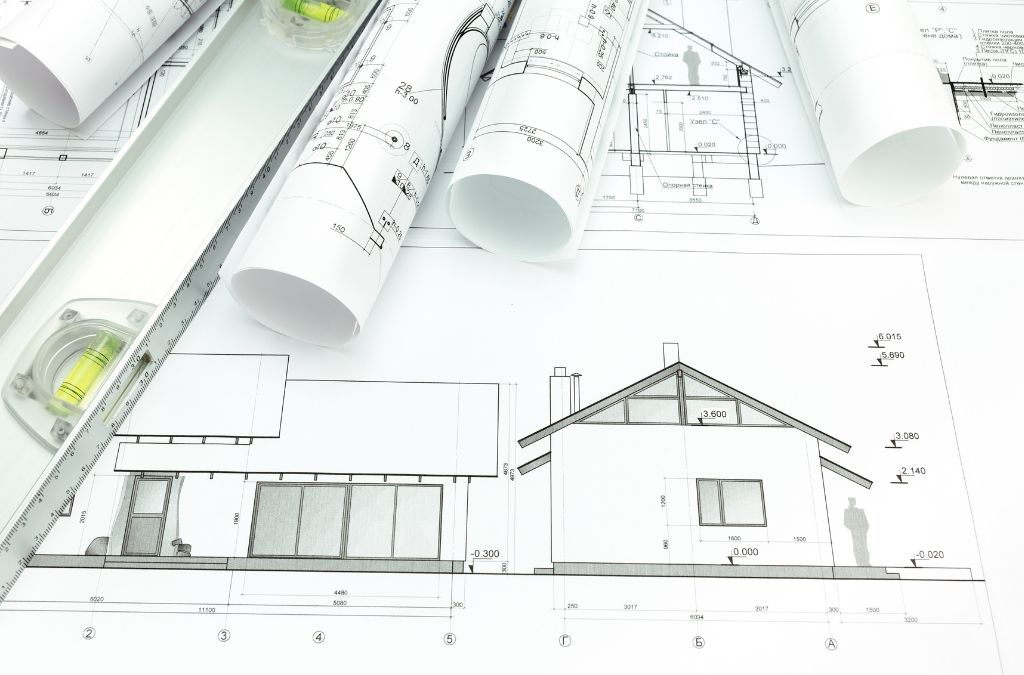-
Table of Contents
Future Forward: The Architect Influence on Smart Cities
As urbanization accelerates, the concept of smart cities has emerged as a solution to the challenges posed by growing populations and environmental concerns. Architects play a pivotal role in shaping these cities, integrating technology and design to create sustainable, efficient, and livable urban environments.
The Role of Architects in Smart Cities
Architects are at the forefront of designing smart cities, blending traditional architectural principles with cutting-edge technology. Their influence extends beyond aesthetics, impacting functionality, sustainability, and the overall quality of life for residents.
Designing for Sustainability
Sustainability is a core principle in the development of smart cities. Architects incorporate green building practices, such as:
- Using renewable energy sources like solar and wind power
- Implementing energy-efficient systems and materials
- Designing buildings that reduce water consumption
- Creating green spaces to improve air quality and provide recreational areas
For example, the Bosco Verticale in Milan, Italy, features residential towers with over 900 trees and 20,000 plants, significantly improving air quality and biodiversity in the urban area.
Integrating Technology
Smart cities rely on advanced technologies to enhance urban living. Architects integrate these technologies into their designs to create intelligent buildings and infrastructure. Key technologies include:
- Internet of Things (IoT) devices for real-time monitoring and management
- Smart grids for efficient energy distribution
- Automated systems for lighting, heating, and cooling
- Advanced security systems for enhanced safety
The Hudson Yards development in New York City exemplifies this integration, featuring a microgrid that provides reliable power and a comprehensive network of sensors to monitor environmental conditions.
Enhancing Mobility
Efficient transportation is a hallmark of smart cities. Architects design infrastructure that supports various modes of transportation, reducing congestion and promoting sustainable travel. Key elements include:
- Pedestrian-friendly pathways and bike lanes
- Efficient public transportation systems
- Electric vehicle charging stations
- Smart traffic management systems
In Copenhagen, Denmark, the city’s extensive network of bike lanes and pedestrian zones has made it one of the most bike-friendly cities in the world, significantly reducing traffic congestion and pollution.
Case Studies of Smart Cities
Several cities around the world have embraced the smart city concept, showcasing the impact of architectural innovation.
Songdo, South Korea
Songdo International Business District is a prime example of a smart city built from the ground up. Key features include:
- Ubiquitous Wi-Fi connectivity
- Automated waste collection systems
- Energy-efficient buildings
- Extensive green spaces
The city’s design prioritizes sustainability and technology, creating a model for future urban developments.
Barcelona, Spain
Barcelona has transformed into a smart city through various initiatives, such as:
- Smart street lighting that adjusts based on activity levels
- Sensor-based waste management systems
- Public Wi-Fi networks
- Innovative public transportation solutions
These efforts have improved the city’s efficiency and quality of life, making it a leader in smart city innovation.
The Future of Smart Cities
The evolution of smart cities will continue to be driven by architectural innovation and technological advancements. Future trends may include:
- Increased use of artificial intelligence for urban planning and management
- Greater emphasis on resilience to climate change
- Expansion of smart infrastructure to smaller cities and rural areas
- Enhanced collaboration between architects, technologists, and policymakers
As these trends develop, architects will remain key players in shaping the cities of tomorrow, ensuring they are sustainable, efficient, and livable.
Conclusion
The influence of architects on smart cities is profound, encompassing sustainability, technology integration, and mobility. Through innovative design and a commitment to improving urban living, architects are helping to create cities that are not only smart but also resilient and adaptable to future challenges. As we look ahead, the collaboration between architects and technologists will be instrumental in realizing the full potential of smart cities, paving the way for a more sustainable and connected world.
